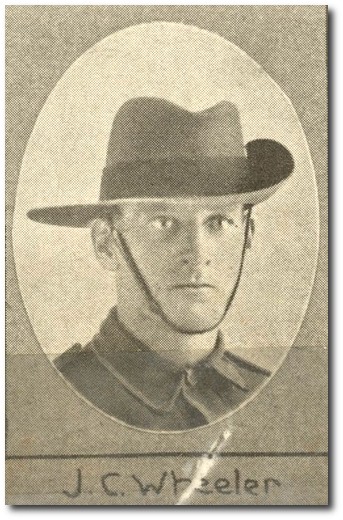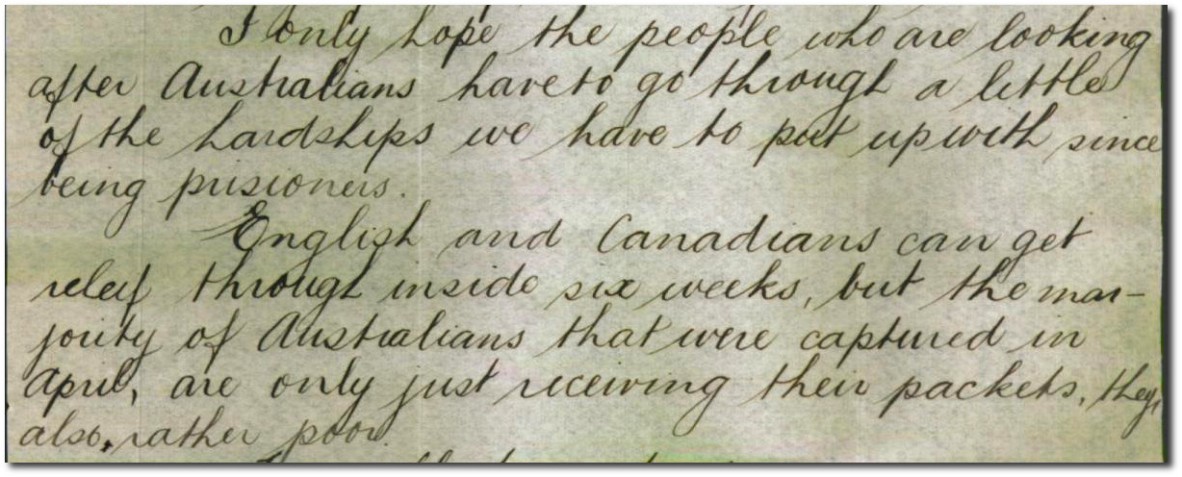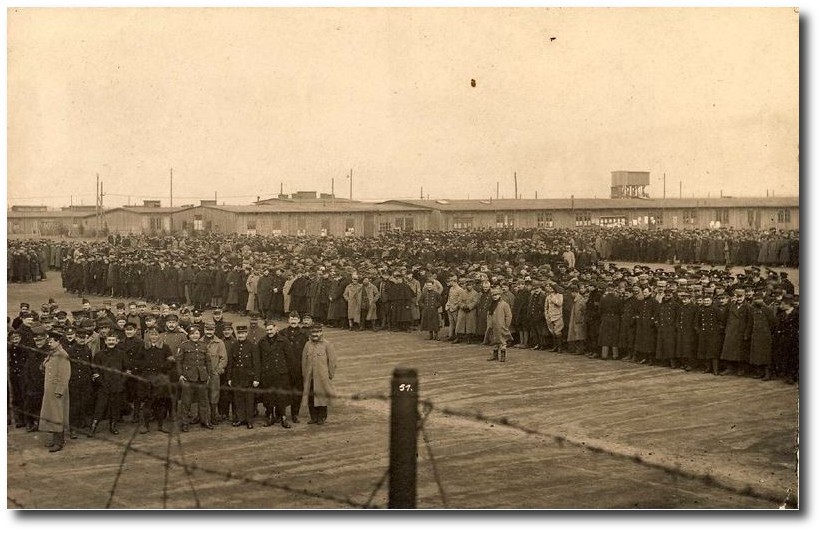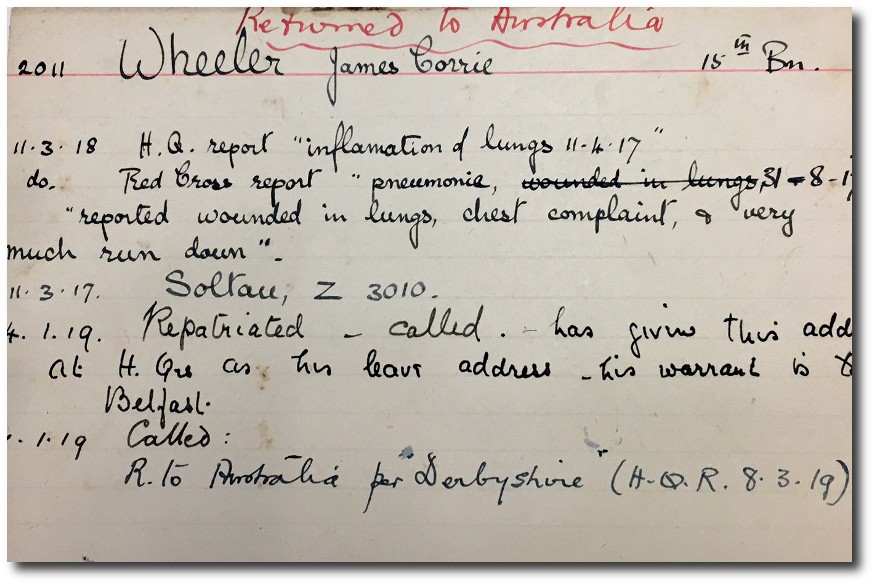Bullecourt, 11 April 1917
By Marg Powell, Specialist Library Technician, Metadata | 10 April 2017
James 'Corrie' Wheeler collection
James William 'Corrie' Wheeler (1890-1989), a miner from Rockhampton, enlisted in January 1915, assigned to the 15th Infantry Battalion, he joined his company in the Middle East during the campaign on the Gallipoli Peninsula in May 1915. On 11 April 1917 Wheeler was wounded and taken a prisoner of the German Army, at Bullecourt.

James Corrie Wheeler, 15th Infantry Battalion. Image published in The Queenslander Pictorial, 20 February 1915, page 23
Wheeler was seriously wounded in August 1915 at Lone Pine, and evacuated by hospital ship to Alexandria, then England, where he was treated at King George’s Hospital. When he returned to Egypt he was hospitalised with mumps for several weeks.
June 1916 saw Wheeler reunited with the 15th Battalion operating in France, where he was again severely wounded, this time at Mouquet Farm during the Battle of Pozieres, 9 August 1916. He returned again to his unit in March 1917 and just before the fight on 11 April 1917 his mate Arthur Dove asked him
“What are you going to do this time, Wheeler?”
On the eve of 10 April the Battalion prepared for an attack on the Hindenburg Line south of Riencourt, the next morning.
The unit diary for the time states: “Only four Officers who were in the assault were brought in, they were wounded before reaching first wire. None of the Officers who reached objective returned and of the troops who took part in the assault only 52 have returned.”
- The Company had been surrounded by the enemy, were short of ammunition and had to give up the fight.
Wheeler was reported missing after the battle, later he was found to be a prisoner of the German Army, taken at Bullecourt on 11 April 1917.

Letter from Corrie Wheeler to his sister Maud, 22 January 1918, extracted from his service record, courtesy of the National Archives of Australia, Series B2455 Item Id 8383552.
It reads: "I only hope the people who are looking after Australians have to go through a little of the hardships we have to put up with since being prisoners. English and Canadians can get relief through inside six weeks, but the majority of Australians that were captured in April, are only just receiving their packets, they also, rather poor".

Soltau Prisoner of War Camp, Germany, 1918. Image originally sourced from the Gold Museum Ballarat.
Wheeler was initially sent to the main POW camp at Limburg; hospitalised at Kreigslazarette Lehrer Seminar Mons; interned Schneidemuhl Prison Camp, north western Poland; and finally due to his ill health transferred to hospital at Soltau Camp.
Mrs Annie Wheeler (no relation) who was assisting North Queensland families locate their servicemen wrote to authorities in Geneva to arrange a prisoner exchange but this was not successful.

Index card for James Corrie Wheeler, part of the collection of enquiries made by Mrs Annie Wheeler, now held State Library of Queensland
James Corrie Wheeler survived his time in the German prison camps, and returned to Australia early 1919. He took up a selection north of Boulia on the Burke River, which he named “Corrie Downs”. One of the western-most homesteads in Queensland, he lived there as a grazier for the next 50 years, raising sheep for wool. He married Storm Murray in April 1950.
His collection of reminiscences are held at the State Library of Queensland
Further Reading:
Comments
Your email address will not be published.
We welcome relevant, respectful comments.